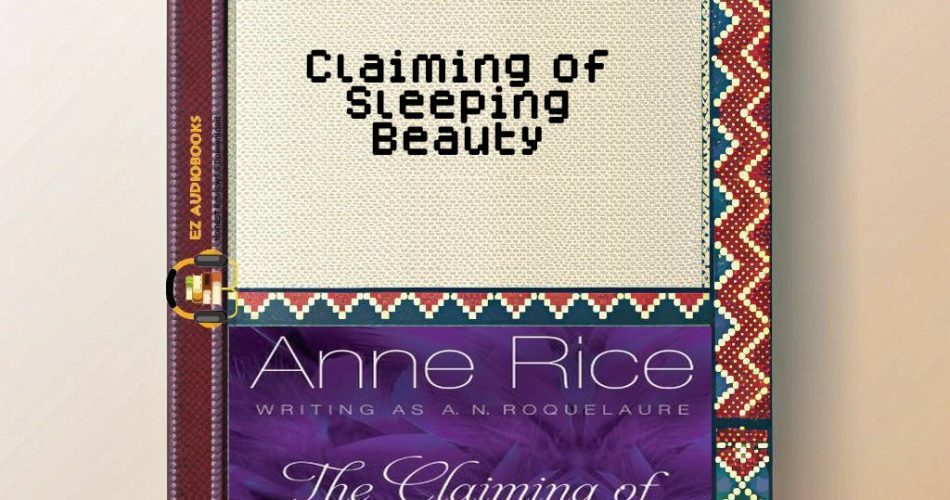Audiobook Sample
Listen to the sample to experience the story.
Please wait while we verify your browser...
As someone who’s analyzed hundreds of narrative formats from print to TikTok micro-stories, I can confidently say Anne Rice’s “Claiming of Sleeping Beauty” audiobook presents one of the most fascinating case studies in erotic literature adaptation. The moment Corbin Steele’s baritone voice first uttered ‘Once upon a time…’ with that deliciously ominous inflection, I knew this wouldn’t be your grandmother’s fairy tale.
“”The Audio Alchemy of Desire””
Rice’s reimagining (writing as A.N. Roquelaure) transforms the passive princess narrative into a complex exploration of power dynamics, and the dual narration by Steele and Samantha Prescott creates an immersive psychological landscape. Steele’s Prince delivers lines with the precision of a diamond cutter – each word calculated to simultaneously seduce and dominate. Meanwhile, Prescott’s Beauty evolves vocally from porcelain innocence to awakened complexity, her breath control alone conveying volumes about the character’s transformation.
This production made me recall my “Project Hail Mary” audio analysis – how certain stories gain new dimensions through sound. Here, the subtle echo effects during Beauty’s awakening scene create an aural liminal space that text alone couldn’t achieve. The whispered commands and carefully placed silences build tension more effectively than any written description of the castle’s erotic games.
“”Cultural Resonance in the #MeToo Era””
Analyzing this in 2024 creates fascinating cognitive dissonance. Rice’s 1980s exploration of consensual power exchange predates our current conversations about agency in romance fiction. The audiobook format intensifies this tension – when Prescott’s Beauty whimpers ‘Yes, my Prince,’ your modern brain simultaneously processes the fantasy while questioning its implications. It’s this very discomfort that makes the listening experience so intellectually rich.
“”Technical Mastery Meets Narrative Risk””
The production quality deserves its own analysis. Notice how:
– Steele lowers his register during commands to create visceral vibration
– Prescott’s pacing slows measurably during submission scenes
– Strategic stereo panning during group scenes creates spatial awareness
Yet the audiobook isn’t without challenges. Some may find the extended silences between chapters disrupt narrative flow, though I’d argue they serve as necessary processing time given the intense content.
“”Why This Audio Experience Matters””
In our age of clipped BookTok reviews and AI-generated stories, this audiobook reminds us of the power of sustained, uncomfortable narratives. It’s not just about the eroticism – it’s about how voice can make familiar tales newly provocative. As I found with my “Evelyn Hugo” analysis, vocal performance can reveal character layers that reading misses entirely.
For listeners new to erotic literature, start with chapter samples to gauge comfort levels. But for those ready to engage critically with power dynamics in fairy tales, this audiobook offers a masterclass in vocal storytelling that will linger in your mind long after the final whisper fades.
Keep questioning narratives,
Sophie
P.S. Slide into my DMs @DigitalStorySophie with your hottest takes on fairy tale adaptations!
Sophie Bennett

